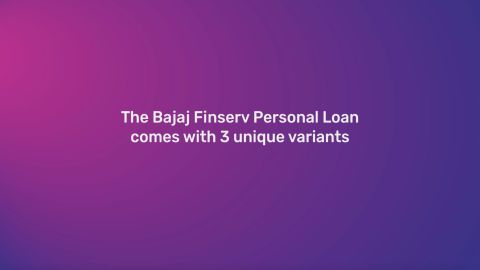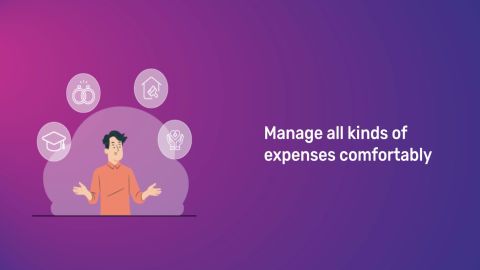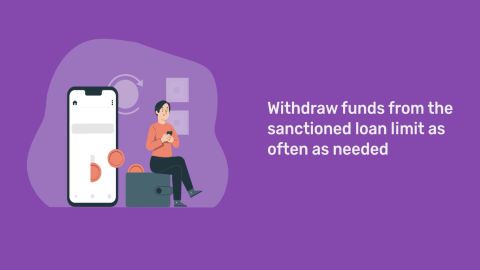In the digital era, accessing and managing KYC (Know Your Customer) documents efficiently is crucial, especially when dealing with financial services like personal loans. KYC documents, such as the Aadhaar card, play a vital role in verifying the identity and address of individuals, streamlining the application process, and enhancing the security of financial transactions. DigiLocker, a flagship initiative of the Indian government, provides a platform where you can digitally store and share your KYC documents securely. This article will guide you through the process of conducting KYC in DigiLocker, enabling you to make full use of this digital tool for your personal loan applications and beyond.
What is DigiLocker KYC?
The KYC process in DigiLocker serves to authenticate and verify an individual’s identity through the digital documents stored within their DigiLocker account. This process involves linking and confirming essential identity documents such as Aadhaar cards, PAN cards, driving licenses, and voter ID cards. Once KYC is completed in DigiLocker, users can establish their identity electronically, which is then applicable for various online services and transactions. Conducting KYC in DigiLocker offers enhanced convenience by providing a centralized location for storing and sharing verified digital documents. This not only minimizes the need for physical document handling but also streamlines the process of accessing secure government and private sector services.
Additional Read: What is DigiLocker?
Steps to do KYC in DigiLocker
Completing KYC on DigiLocker involves integrating your Aadhaar card or other identity documents into your DigiLocker account. Here are the steps to follow for KYC in DigiLocker:
- Install the DigiLocker app: First, download the DigiLocker app from the Google Play Store or Apple App Store. Register or Digilocker login by entering your mobile number and the OTP you receive.
- Link your Aadhaar:
- Go to the 'Profile' section within the app.
- Tap on 'Aadhaar' and select 'Fetch Details' to sync your Aadhaar with DigiLocker.
- Confirm your Aadhaar details with the OTP sent to your registered mobile number.
- Enable biometric authentication (Optional): For enhanced security, consider setting up biometric authentication (like fingerprint or facial recognition) to securely access your DigiLocker account.
How to Update the KYC Details on Digilocker?
To update your document in the app, follow these steps:
- Open the app and go to the 'Profile' section.
- Select the document you wish to update (e.g., Aadhaar).
- Click on 'Update' and follow the instructions to upload the new document.
- Complete the process by validating the changes with an OTP sent to your registered mobile number.
Updating KYC details in DigiLocker
To update your KYC details in DigiLocker, simply:
- Open the app and head to the 'Profile' section.
- Select the document you wish to update (e.g., Aadhaar).
- Click 'Update' and follow the prompts to upload the new document.
- Validate the changes with an OTP sent to your registered mobile number.
Importance of KYC in DigiLocker
Completing your KYC in DigiLocker is crucial for several reasons:
- Digital identity verification: It provides a verified digital identity, streamlining access to various governmental and private services online.
- Paperless transactions: By storing your documents digitally, DigiLocker reduces the need for physical copies.
- Accessibility: Having your documents in DigiLocker makes them accessible from anywhere, anytime, which is especially useful for procedures like personal loan applications.
Advantages of KYC in DigiLocker
The benefits of completing KYC in DigiLocker include:
- Centralised document storage: DigiLocker acts as a single, secure platform for all your important documents.
- Ease of verification: Documents stored are readily verifiable by authorized entities, which streamlines any process requiring identity verification.
- Enhanced security: DigiLocker uses strong security protocols to protect your data from unauthorized access and tampering.
How KYC Documents such as an Aadhaar Card are useful while applying for a personal loan
KYC documents like the Aadhaar card serve as crucial personal loan documents requirements when applying for a personal loan. Lenders use these documents to verify your identity, address, and financial stability. By having your KYC documents updated and accessible in DigiLocker, you can streamline the personal loan application process and expedite approval.
If you're looking to meet urgent financial needs, applying for a personal loan can be a great option. With minimal documentation and fast approval, it allows you to access funds quickly. Ensure you check the eligibility criteria and repayment terms before proceeding.
Conclusion
In conclusion, completing KYC in DigiLocker offers a convenient and secure way to verify your identity and access essential services online, including personal loan applications. By linking and updating your KYC documents in DigiLocker, you can enjoy the benefits of digital documentation, streamlined processes, and enhanced data security. Embrace the digital revolution with DigiLocker to simplify your document management and facilitate seamless financial transactions.




